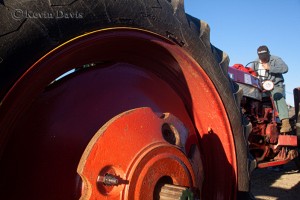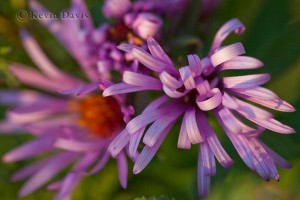A fun and eye-opening day today photographing horses with Lisa Cueman and David Middleton.
With a forecast for rain, we headed out to visit the horses early in the day. (David’s wife, Claire, responded that sometimes in rare momemnts, David does something smart.)
First, we had the opportunity to photograph the younger horse, Reva, running. Being cooped up in the barn all morning, Reva welcomed the oppotunity to run around. Then, after a expending some energy, was more accepting of standing around for some portraiture.
The technique of photographing a moving horse is theoretically similar to photographing a person running or riding a bicyle. A perfectly sharp image requires a high shutter speed, but this is perhaps not the best idea because the photo fails to communicate motion. Instead, we were shooting around 1/100 second and then following the horse’s movement by panning the camera. With a bit of practice and a bit of luck, you can get a sharp image of the horse, but the feet show motion blur.
Simple right? Well, maybe not. In reality, an animal’s movements are unpredictable, making unexpected turns, stops, & starts. So there is a bit of “spray and pray”. Set the camera to take multiple photos in quick succession, press the shutter button for a few seconds, capturing numerous images, … and pray a few of them look good. This is necessary particularly because the feet are constantly changing position and the most aesthetic position cannot be predicted. Don’t think that it is simply dumb luck; it’s not. As a photographer, you have to pay close attention to everything … but the position of the feet … that is mostly luck.
Then we practiced some of Lisa Cueman’s equine portrait techniques. My image included here below is clearly inspired by one of Lisa’s images. This angle of view is a bit counterintuitive, but the aesthetic forms of the horse from different angles like this is really eye-opening.
 For a larger view, click on an image.
For a larger view, click on an image.
Lisa’s website is currently undergoing an update, so you may want to check it anew in July.
http://lisacuemanphotography.com/
Special thanks to David Middleton (and Claire Middleton) for providin this opportunity.
http://www.davidmiddletonphoto.com/












